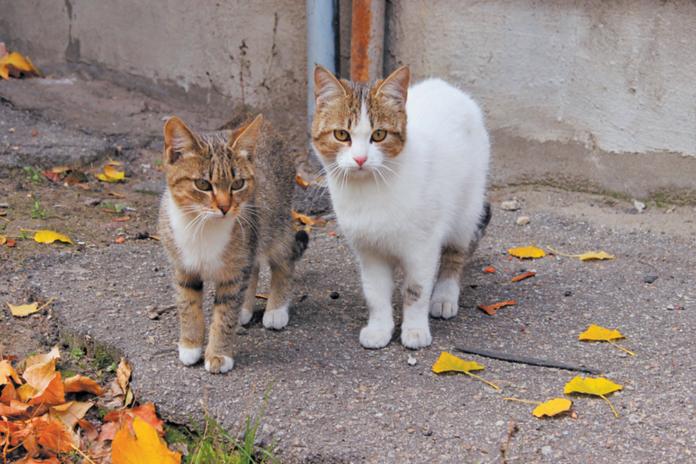It used to be that cats no longer needed in Food and Drug Administration lab research were put down before they ever knew what it was like to live outside of a cage or other lockdown environment. But in a change of direction, the FDA has updated its policy so that healthy cats whose time in the lab is over can find their way to shelters and sanctuaries and perhaps from there, to permanent, loving homes. The change also applies to other animals that can be rehabilitated as pets, including dogs, rabbits, and guinea pigs.
The new policy about adoption over euthanasia follows early initiatives by both the National Institutes of Health and the Department of Veterans Affairs to “retire” adoptable cats and other animals to good homes rather than end their lives. As for the FDA, its first initiative to keep lab animals alive when their work was over actually came in 2018, when it spared the lives of 26 squirrel monkeys who had been used in a nicotine study.
Where were they retired to? Florida, of course. They are adjusting to “life on the outside” at Jungle Friends, a primate sanctuary in Gainesville. Squirrel monkeys have a life expectancy of 20 years.
Mice and rats make up the lion’s share of animals used in U.S. research labs. But some 800,000 animals a year are used in other experiments, cats among them.





Where can we adopt them from. If they goto shelters whoever knows where they come from do they disclose this info to the public probably not. I would like a list of where to adopt these cats from!